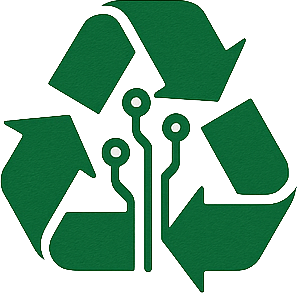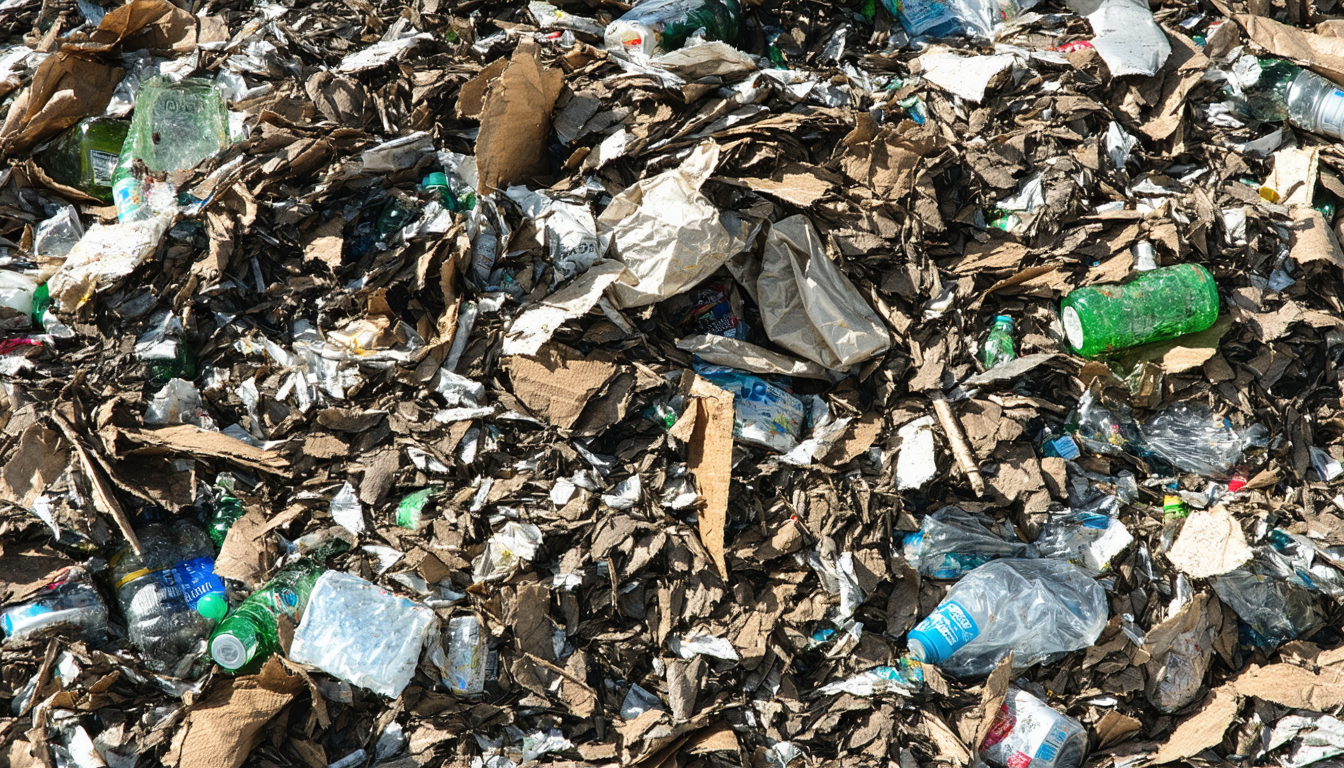In an era where environmental sustainability is a pressing concern, the search for effective “green waste disposal near me” has become a priority for many Americans. Across the United States, households, businesses, and municipalities are grappling with how to manage yard waste, food scraps, and other organic materials responsibly. This article explores the latest trends, services, and regulations shaping green waste disposal, offering actionable insights for those seeking local solutions. From innovative composting programs to new federal guidelines, here’s what you need to know about managing green waste today.
The Growing Need for Green Waste Disposal in the U.S.
Green waste, which includes grass clippings, leaves, branches, and food scraps, accounts for a significant portion of municipal solid waste. According to the Environmental Protection Agency (EPA), organic materials made up about 24% of the 292.4 million tons of waste generated in the U.S. in 2018, with much of it ending up in landfills. As landfill space dwindles and methane emissions from decomposing organics rise, finding sustainable disposal methods is critical.
The demand for localized solutions has surged, with many Americans searching for “green waste disposal near me” to reduce their environmental footprint. Cities and towns are responding with curbside collection programs, drop-off centers, and partnerships with private companies. This shift reflects a broader movement toward zero-waste goals and circular economies.
Local Options for Green Waste Disposal Near Me
For those looking to dispose of green waste responsibly, several options are available across the U.S., depending on location. Most urban and suburban areas offer municipal programs tailored to organic waste management. Here are some common solutions:
- Curbside Collection: Many cities, such as San Francisco and Seattle, provide weekly or bi-weekly pickups for yard waste and food scraps, often included in standard waste management fees.
- Drop-Off Centers: Rural areas and smaller towns may have designated facilities where residents can bring green waste for free or a nominal fee.
- Private Services: Companies like Waste Management and Republic Services offer specialized green waste bins for a subscription cost, ideal for businesses or large households.
- Community Composting: Some neighborhoods host shared composting initiatives, turning organic waste into nutrient-rich soil for local gardens.
To find specific services, residents can visit their city’s waste management website or use tools like the EPA’s Recycling Locator. Availability varies by state, with California leading in mandatory organics recycling laws since 2022 under Senate Bill 1383.
Why Green Waste Disposal Matters
Improper disposal of green waste contributes to greenhouse gas emissions, particularly methane, which is 25 times more potent than carbon dioxide in trapping heat. Diverting organics from landfills through composting or anaerobic digestion can significantly cut emissions. The EPA estimates that composting just 10% more organic waste could reduce emissions equivalent to taking 2 million cars off the road annually.
Beyond environmental benefits, proper disposal supports local economies by creating jobs in waste management and producing compost for agriculture. According to Dr. Sarah Bennett, a sustainability expert at the University of California, “Green waste recycling is a win-win. It mitigates climate change while providing valuable resources for farmers and landscapers.”
Challenges and Future Outlook
Despite progress, barriers to effective green waste disposal persist. Not all regions have access to curbside programs, and public awareness about proper sorting remains low. Contamination—when non-organic materials mix with green waste—can also render batches unusable for composting.
Looking ahead, experts predict tighter regulations and increased funding for infrastructure. The U.S. Department of Agriculture announced a $9.5 million grant program in 2023 to support rural composting initiatives, signaling federal commitment. States like Vermont and Massachusetts are also exploring bans on landfilling organics, following California’s model.
The rise of technology offers hope as well. Apps connecting residents to local disposal services are gaining traction, making it easier to find “green waste disposal near me.” As these tools evolve, accessibility will likely improve.
Conclusion
Green waste disposal is more than a household chore; it’s a vital step toward a sustainable future in the United States. With growing options like curbside pickups, community composting, and private services, Americans have more ways than ever to manage organic waste responsibly. While challenges like limited access and contamination remain, ongoing innovations and policy changes point to a greener horizon. By staying informed and utilizing local resources, individuals can play a key role in reducing landfill waste and combating climate change.
Frequently Asked Questions (FAQ)
1. What qualifies as green waste?
Green waste includes organic materials like grass clippings, leaves, branches, and food scraps. It excludes plastics, metals, or hazardous items.
2. How can I find green waste disposal near me?
Check your city’s waste management website, use the EPA’s Recycling Locator tool, or contact local providers like Waste Management for services in your area.
3. Is there a cost to dispose of green waste?
Costs vary by location and service type. Municipal programs may be free or included in utility bills, while private services often charge a fee.
4. Why is composting better than landfilling green waste?
Composting prevents methane emissions from landfills and turns waste into useful soil amendments, benefiting the environment and agriculture.
5. Are there laws requiring green waste recycling?
Some states, like California, have mandatory organics recycling laws (e.g., SB 1383). Check local regulations to see if they apply in your area.





